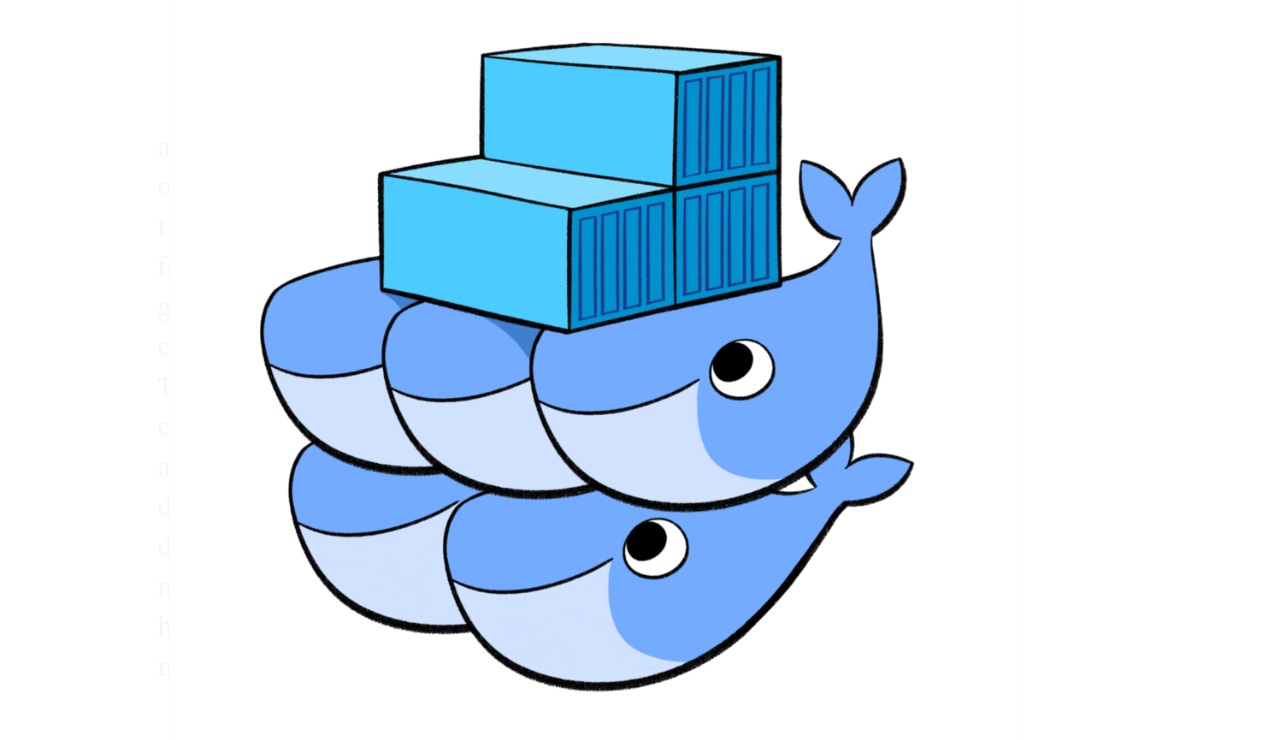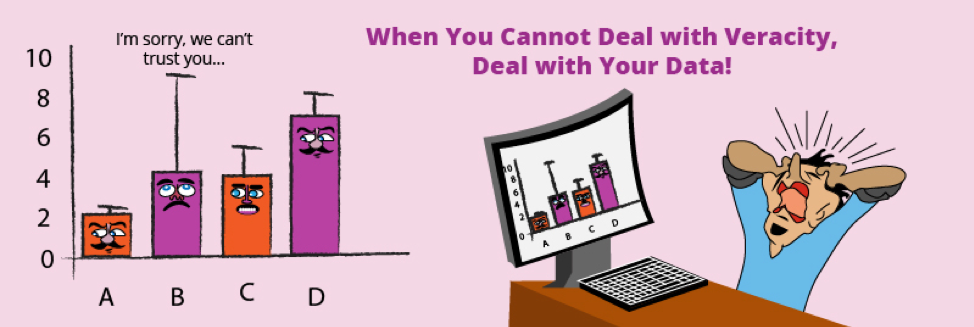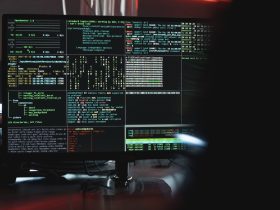
Once your docker container is ready, it’s time to deploy it across the environments and scale it without any limitations. The heavy lifting is already over while building the docker image; the orchestration process automates the continuous health check of the containers, manages the networking, and scales the replicas based on the load. Such tools are a real-life saviour and very convenient for docker container management across the clusters, and they are known as docker orchestration tools.
Benefits of Docker Orchestration:
- Automatic deployment to multiple environments without redesigning the packages
- Monitors the health of the deployed containers using heartbeat urls
- Computerized load balancing and scaling or removing the instances based on the load across the infrastructure
- Enables inter-containers networking
- Provides endpoints to access the deployed containers outside the cluster using public ip addresses
- Manages the life-cycle of the containers
- Provides the interface to integrate with the CI/CD workflows
- Above all, good security benchmark comes with the orchestration tools
Also Read: Are Docker Containers Secured?
Orchestration tools:
Container orchestration tools provide an ecosystem to manage containers and microservice at ease. The life cycle management of containers is the key feature of such tools. There are plenty of such tools available in the market, let’s go through the most popular ones, Kubernetes and Red Hat’s OpenShift.
Kubernetes:
Kubernetes is an open-source orchestration tool initially developed by Google and then donated to Cloud Native Computing Foundation in 2015. Kubernetes makes it a lot easier to deploy multiple containers across multiple environments in a cluster-based architecture. With its flexibility and Google cloud console support, kubernetes is at the top of the orchestration tools available today.
Main components of Kubernetes:
- Cluster:
- A kubernetes cluster is where we are ultimately going to deploy the containers and microservices.
- It contains a set of virtual/physical worker machines known as nodes that runs the containers.
- It includes one master node to control the rest of the worker nodes.
- A typical kubernetes cluster can have multiple nodes, and each node can have multiple pods.
- Pods:
- A pod is what we are going to deploy on a node within a cluster. A pod contains all the details such as a link to the containerized applications, how many replicas to maintain, heartbeat urls, and many more.
- A pod usually holds a group of dockerized containers and runs on a shared network/storage infrastructure.
- Kubelet:
- Kubelet is the primary agent that makes sure containers are up and running in nodes.
- Kubelet takes the pod specification in either JSON or YAML format and ensures the containers are up and healthy all the time as per the specs.
- Container Runtime:
- The container runtime is responsible for providing all required libraries and dependencies to run the containers on pods.
- Container runtime is capable of running containers for different runtimes such as Docker, CRI-O, and implementation of Kubernetes CRI(Container Runtime Interface).
- Services:
- Services are the heart of Kubernetes networking. They provide a public endpoint to access the deployed container apps.
- There are different types of services, such as NodePort, ClusterIp, and LoadBalance. Based on the container requirement, you need to choose one among the above, and kubernetes provides the appropriate networking interfaces.
- For a simple containerized application, NodePort service does the work, but for the complex load-balanced, highly scalable applications, you need to go for ClusterIp.
How does Container Orchestration work?
- Usually, the user has to provide the configurations files containing specs of pods, deployments, and services.
- The configuration files are generally in JSON or YAML file formats.
- The configuration files are fed to the configuration management tools with the below information,
- Where to find the container images
- Number of replicas to maintain
- Networking among the containers
- Services for exposing a public endpoint for the containers
- Volumes for sharing the host disk with the containers for persistence purpose
- Location of log files
- Environment variables to support multi environment-deployment using the same image like stage and prod
- The container management tools automatically schedule the deployment and find the right node by considering the input specs and restrictions.
Enterprise container orchestration:
Kubernetes can handle enterprise-level requirements as well, but for the ever-demanding needs of an enterprise and production requirements, there is a better and upgraded version of Kubernetes, RedHat’s own OpenShift.
OpenShift:
- Openshift is an enterprise-ready Kubernetes container platform that can add extra control over the registry, security, networking, automation and many more.
- Openshift can automate the life-cycle management of the containerized application for better security, easy-to-manage cluster operations.
- Redhat is focused on the security of enterprise applications and recommends using its marketplace to set up the required and certified softwares along with responsive support, streamlined billing and single-dashboard across the clusters.
Conclusion:
In this article, we have discussed the importance of orchestration tools and the degree of flexibility they offer when it comes to deploying the containerized application to production. The orchestration tools offer extra security, life-cycle management and centralized monitoring of the clusters. The best feature of such tools is the auto-healing capability in case of node failures.
Must Read: Tutorial On Android Studio, Flutter, etc







Leave a Reply